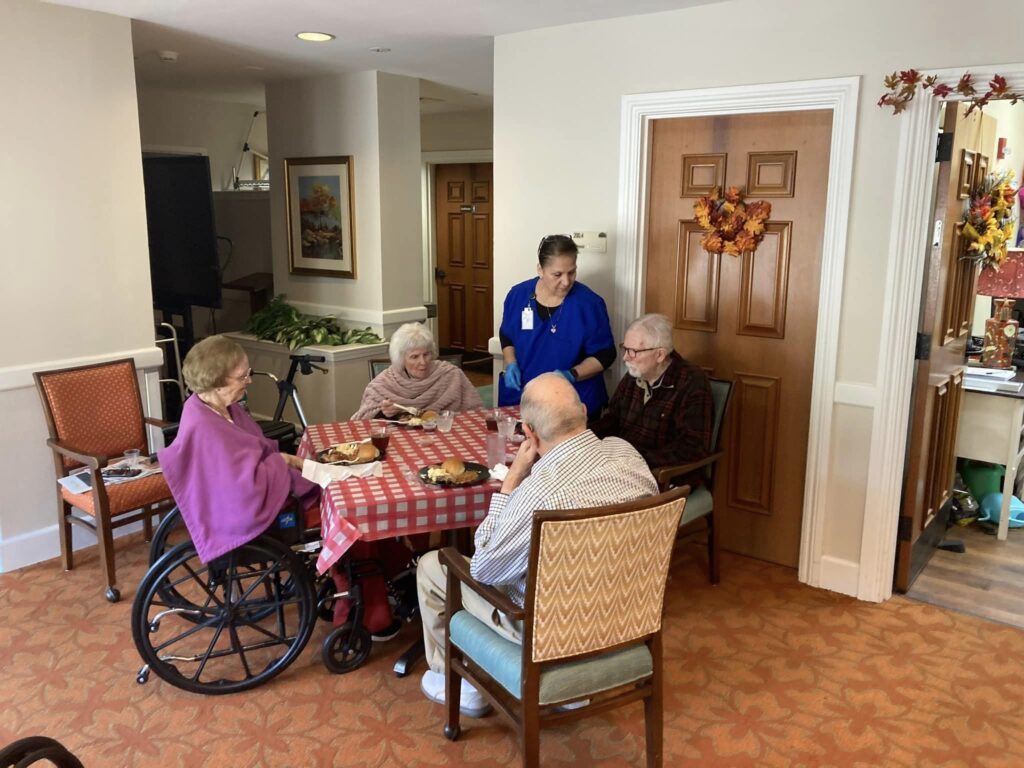The rise of intergenerational programs in senior living communities represents a transformative shift in how we approach aging and community life. Traditionally, senior living communities have focused primarily on meeting the needs of older adults, often in isolated settings that separate them from younger generations. However, the increasing recognition of the benefits of intergenerational interaction is leading to a more integrated approach that fosters mutual support, learning, and companionship across age groups. These programs can take various forms, such as partnerships between senior living communities and local schools, mentorship programs, or shared community spaces that encourage people of all ages to interact. The benefits of these programs are multifaceted. For seniors, regular interaction with younger people can combat feelings of loneliness and isolation, which are prevalent in many senior living environments. Engaging with younger generations also provides opportunities for seniors to share their life experiences, impart wisdom, and feel valued, which can significantly enhance their emotional well-being.
 For younger participants, particularly children and teenagers, intergenerational programs offer a unique chance to learn from the experiences and perspectives of older adults. This exposure can help foster empathy, respect, and a deeper understanding of the aging process. Additionally, these programs often provide valuable life lessons and mentorship that can guide younger people in their personal and professional lives. The shared activities and collaborative projects that occur in these programs also encourage the development of important social skills, such as communication and teamwork. The implementation of intergenerational programs can vary widely, depending on the specific goals and resources of the senior living community and its partners. Some programs involve structured activities like storytelling sessions, art projects, or technology workshops where seniors and younger participants work together. Others might focus on more informal interactions, such as communal dining events or shared recreational spaces that naturally facilitate cross-generational engagement and learn more here. Intergenerational programs aim to bridge the gap between generations by creating opportunities for interaction and collaboration.
For younger participants, particularly children and teenagers, intergenerational programs offer a unique chance to learn from the experiences and perspectives of older adults. This exposure can help foster empathy, respect, and a deeper understanding of the aging process. Additionally, these programs often provide valuable life lessons and mentorship that can guide younger people in their personal and professional lives. The shared activities and collaborative projects that occur in these programs also encourage the development of important social skills, such as communication and teamwork. The implementation of intergenerational programs can vary widely, depending on the specific goals and resources of the senior living community and its partners. Some programs involve structured activities like storytelling sessions, art projects, or technology workshops where seniors and younger participants work together. Others might focus on more informal interactions, such as communal dining events or shared recreational spaces that naturally facilitate cross-generational engagement and learn more here. Intergenerational programs aim to bridge the gap between generations by creating opportunities for interaction and collaboration.
One of the key advantages of these programs is their ability to create a sense of community and belonging. In many senior living settings, residents can feel disconnected from the broader community, leading to a sense of isolation. Intergenerational programs can help counteract this by integrating seniors into the larger social fabric and promoting a more inclusive environment. This integration not only benefits the seniors but also enriches the lives of younger participants and the community as a whole. Challenges do exist in implementing successful intergenerational programs. Ensuring that the programs are designed to meet the needs and interests of all participants requires careful planning and ongoing evaluation. It is crucial to address potential barriers, such as differing communication styles or logistical issues, to ensure that interactions are positive and meaningful. Overall, the rise of intergenerational programs in senior living communities represents a promising development in the pursuit of more holistic and inclusive approaches to aging. By fostering connections between generations, these programs not only enhance the quality of life for seniors but also contribute to a richer, more connected community.